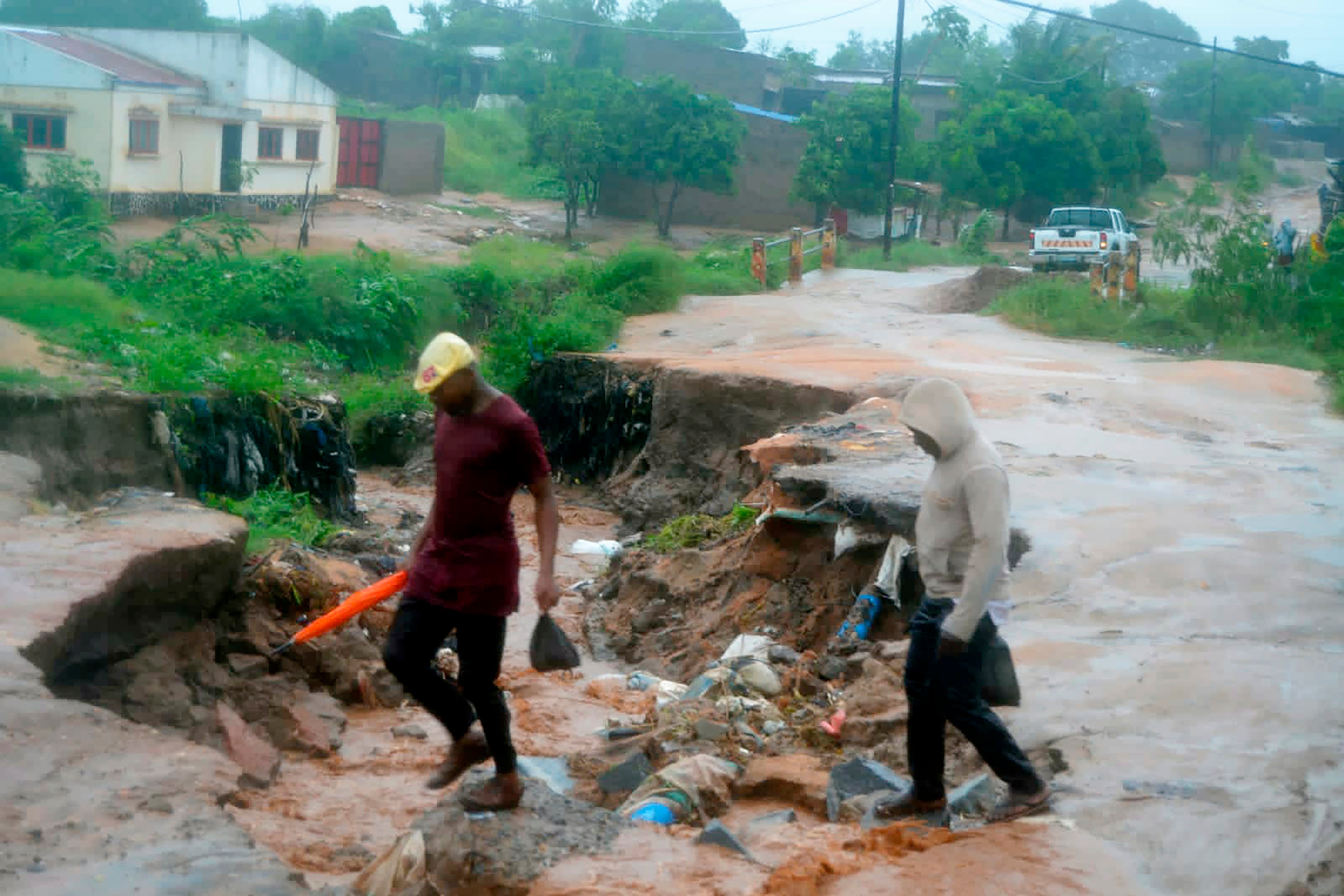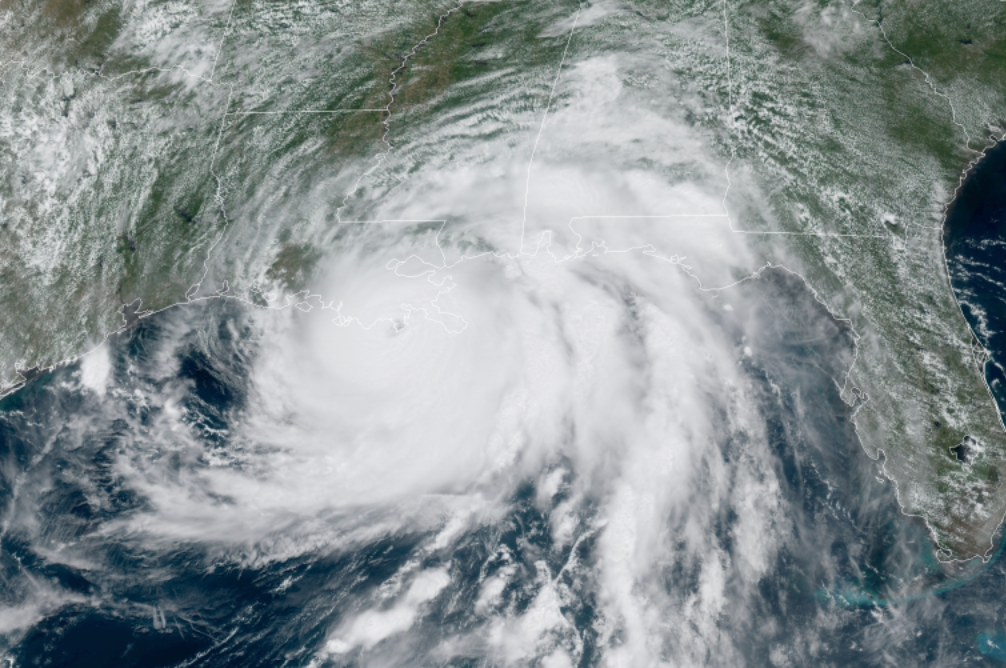Powerful tropical cyclones to double by 2050 due to climate change, study warns
Regions which don’t currently suffer cyclones will ‘are likely to in the near future,’ Saphora Smith writes


Climate change will make strong tropical cyclones twice as frequent by 2050 putting large parts of the world at risk, a new study warns.
A group of international scientists used historical data and climate modelling to identify locations that will be prone to greater risk from cyclones in the future.
The team of experts found that maximum wind speeds associated with these cyclones could increase by around 20 per cent and that many of them could affect low-income countries.
The research found that the frequency of the most intense cyclones, on average, will more than double in all regions, except for the Bay of Bengal, and the Gulf of Mexico, while the weaker tropical cyclones and tropical storms will become less common.
The study published in the journal Scientific Advances could help governments and others better prepare for cyclones and take measures to reduce risk in their region.

It finds that some countries that currently do not, or rarely, experience tropical cyclones are likely to in the near future due to climate change.
Those places include Cambodia, Laos and many Pacific Island Nations, as well as Mozambique, which is already one of the countriesmost affected by extreme weather events.
A separate study published this month found that that climate change had made extreme rainfall caused by tropical cyclones and storms more intense and damaging in Madagascar, Malawi and Mozambique at the beginning of the year.

The Scientific Advances study finds that Asia will see the largest increase in the number of people exposed to tropical cyclones, with millions more exposed in China, Japan, South Korea and Vietnam.
“Of particular concern is that the results of our study highlight that some regions that don’t currently experience tropical cyclones are likely to in the near future with climate change,” said Dr Ivan Haigh, associate professor at the University of Southampton. “The new tropical cyclone dataset we have produced will greatly aid the mapping of changing flood risk in tropical cyclone regions.”



Join our commenting forum
Join thought-provoking conversations, follow other Independent readers and see their replies
Comments